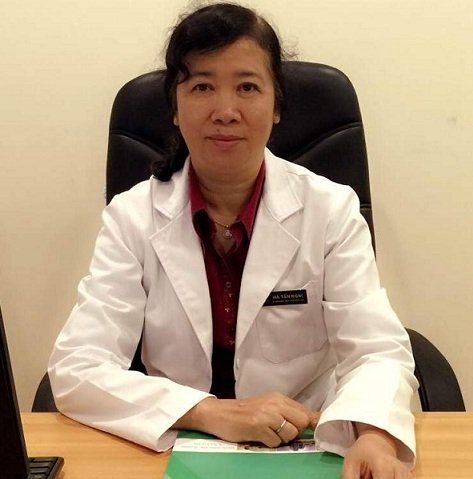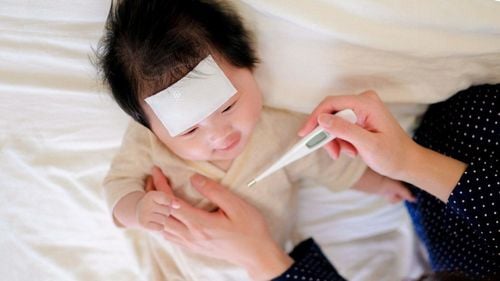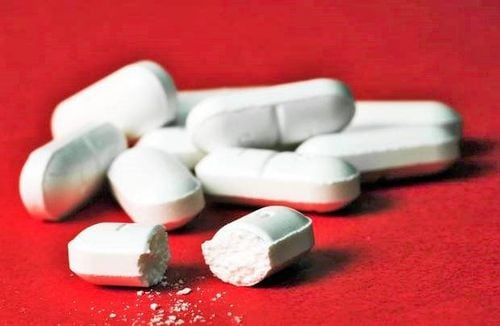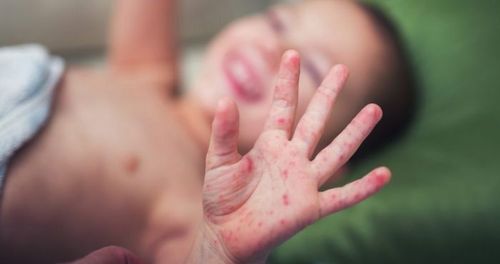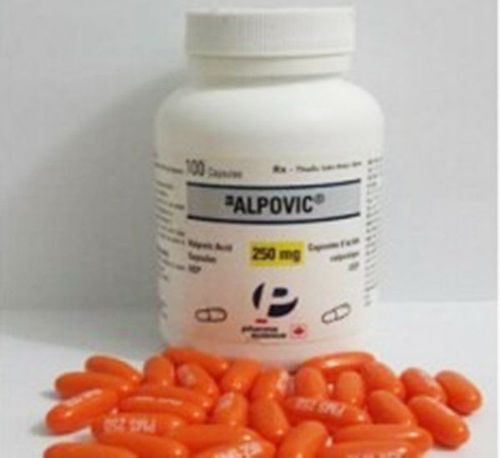This is an automatically translated article.
The article was professionally consulted by Dr. CCII Tran Thi Linh Chi - Department of Pediatrics - Neonatology - Vinmec Hai Phong International General Hospital
Seizures can occur when a child has a high fever, when a child has a high fever, convulsions cause confusion for the caregiver. Although febrile convulsions are usually benign, if repeated many times can cause brain damage in children.
1. How many degrees does a child have before having a convulsion?
Fever is an increase in body temperature above normal in response to an underlying disease. Fever usually occurs when the body's response to a bacterial or viral infection is caused by tissue damage or disease.
High fever convulsion is a condition in which a child has a convulsion when the fever reaches a certain temperature, usually convulsions can occur when the child has a fever above 39 degrees Celsius. This can happen in children between 6 months and 6 years old, but is more common in children between 12 months and 18 months of age. Because at the age of 6 months to 6 years, the child's brain is not fully developed and is very sensitive to temperature disturbances. By the time the baby is over 6 years old, the brain has matured and there is no longer a risk of the baby having a febrile convulsion.
The seizure is usually shorter than 15 minutes and stops on its own. During the convulsion, the child stiffens, convulses and shakes the whole body, eyes roll back, foaming at the mouth and shallow breathing, wheezing, clenched teeth, urinary incontinence. The child will temporarily lose consciousness (not knowing what is happening). After the seizure, the child regains full consciousness, but is tired, drowsy, and has no memory of the seizure.
Febrile convulsions are usually benign and rarely cause harm to a child.
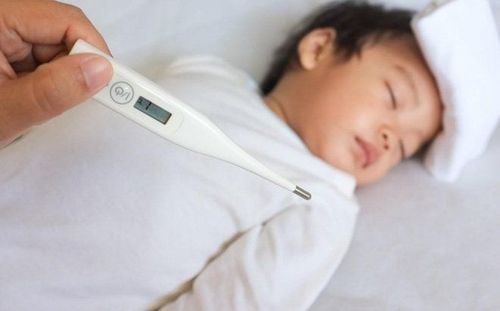
2. What to do when the child has a high fever convulsion
When a child has a convulsion due to a high fever, parents should stay calm and do not panic because most convulsions usually last less than 5 minutes and are rarely harmful to the health of the baby. It is not necessary to bring the child to the hospital immediately, but take the time to take the following emergency measures:
Keep in mind the onset of the seizure, to determine the exact duration of the seizure. a convulsion. The duration of the seizure is important in assessing the severity of a febrile convulsion. If your child has a seizure that lasts for more than 5 minutes and is accompanied by stiff neck, vomiting, or breathing problems, call 911 immediately. Avoid causing skin damage to the child during a convulsion: Put all hard, sharp objects around the child and place the child in a balanced, spacious place (For example on the floor), to ensure that the child will not be injured. fall off the bed, but do not try to hold the child. Use a soft cloth in your child's mouth to prevent him from biting his tongue. Open the airway: Put the child in the supine position with the head tilted to one side or let the child lie on his side to open the airway, avoid sputum, drool. If possible, gently use your index finger to remove everything in the baby's mouth, such as the pacifier, mucus, vomit. Reduce fever for children as quickly as possible, shorten convulsions: Take off clothes (including diapers), wipe the child's whole body with warm water, warm water causes vasodilation to help drain heat quickly for the child, pay attention Do not use cold water because it causes vasoconstriction and increases body temperature. Wipe every 2 hours, each time for no more than 30 minutes. After stopping wiping for 10 minutes, measure the child's temperature again. Apply a towel moistened with warm water to areas with large blood vessels close to the skin, such as the neck, armpits, and groin. Stop wiping when the anal temperature is lower than or equal to 38.5 degrees Celsius. Use of antipyretics: The most commonly chosen type is Paracetamol with a dose of 10-15mg/kg body weight/times of 3-4 suppositories. times/day if the child has a fever continuously, because the child cannot drink during the attack, it is necessary to use an rectal medicine. Note that families with children under 6 years old should have antipyretic drugs placed by the anus regularly in the refrigerator.
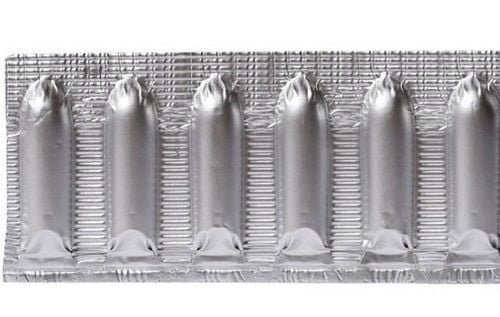
3. Things to avoid when your baby has a high fever convulsion
When a child has a seizure, you should not try to fight the child's convulsion by holding the child tightly because it can cause damage to certain body parts, or may break the child's bones. Do not give children anything to eat or drink because it can cause choking. Do not use hard objects to close the child's mouth for fear that the child will bite the tongue because it is very rare for the child to bite the tongue during a seizure; Putting a hard object into a child's mouth damages the oral mucosa, breaks teeth, and clefts the child's gums. Even when the weather is cold, it does not warm up, wear more clothes for the child, although in a high fever the child may have chills but must find a way to cool down quickly by removing the clothes on the child.
4. How to prevent high fever convulsions
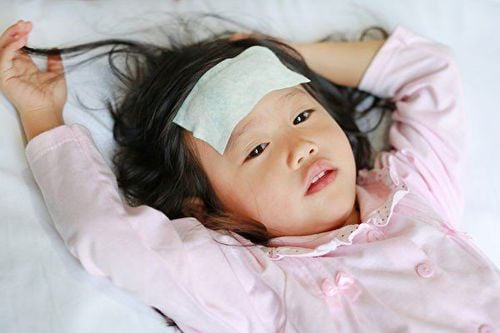
About one-third of children with febrile seizures often have recurrent febrile seizures. The following should be noted to prevent recurrence of convulsions when the child has a high fever.
For children with a history of high fever and convulsions, it is recommended to reduce fever with medicine as soon as the child has a fever above 38 degrees Celsius. You must regularly monitor the child's temperature by taking a temperature when the child has signs of fever. Children should be taken to the doctor and treated for the cause of the fever as soon as possible. When the child has a fever, it is necessary to give the child a lot of water or feed more often, remove the clothes, put the child in a cool place and never warm or cover the child. When a child has a high fever above 39 degrees Celsius, it can cause convulsions. However, most cases of febrile convulsions are benign and do not cause brain damage. Therefore, parents need to calmly handle and apply measures to avoid recurrence for their children.
Please dial HOTLINE for more information or register for an appointment HERE. Download MyVinmec app to make appointments faster and to manage your bookings easily.






